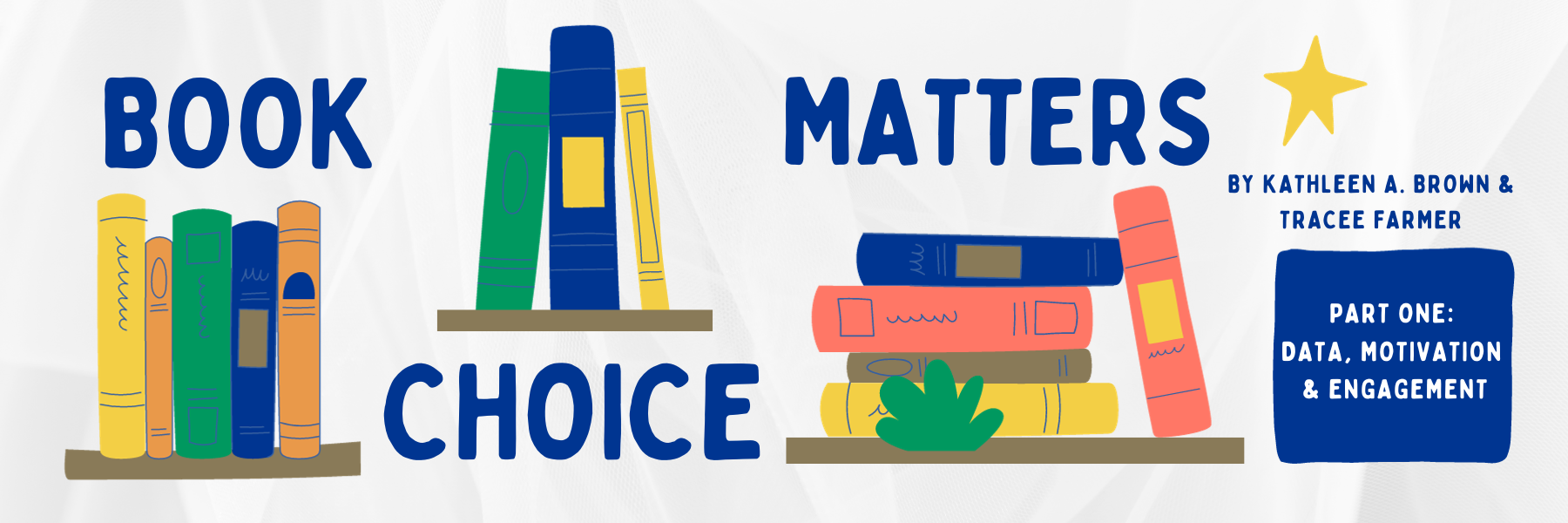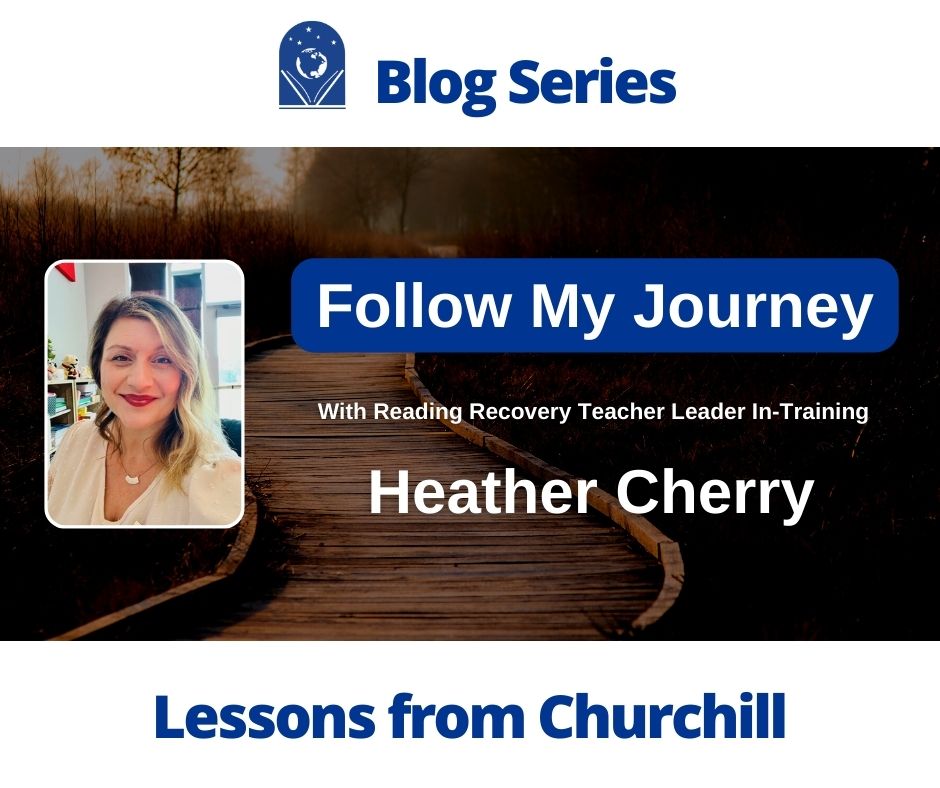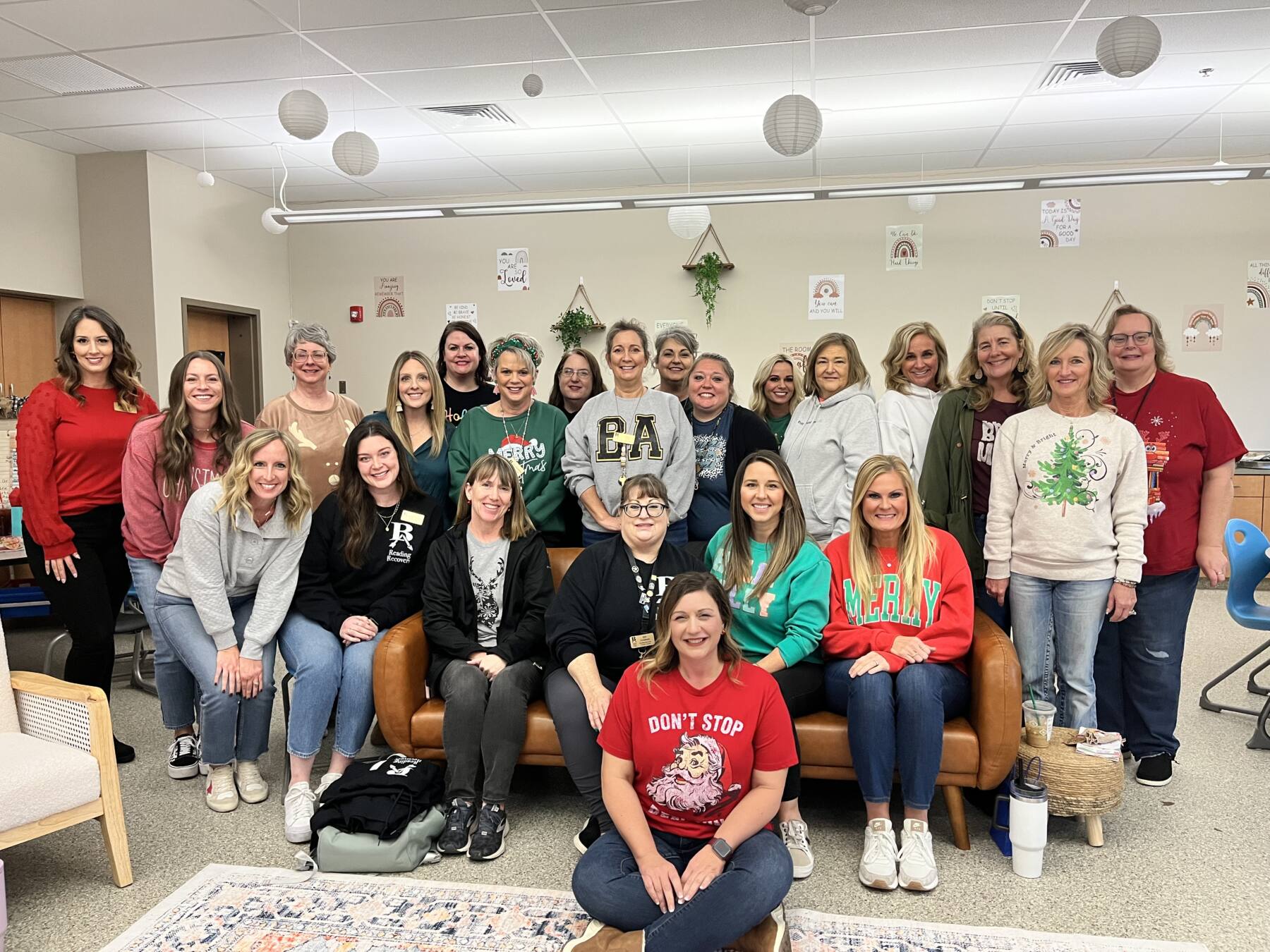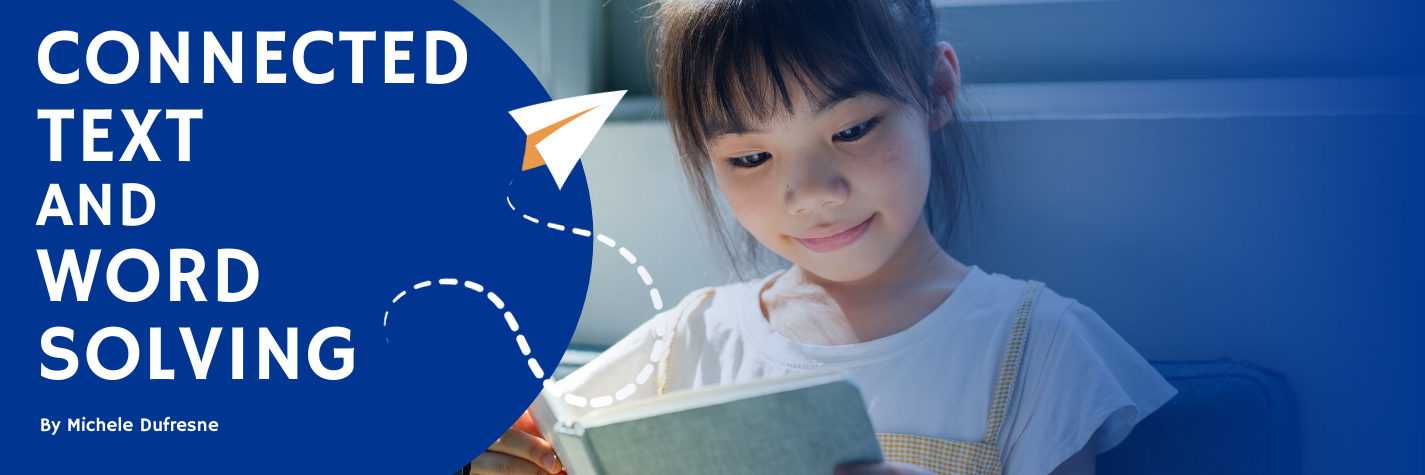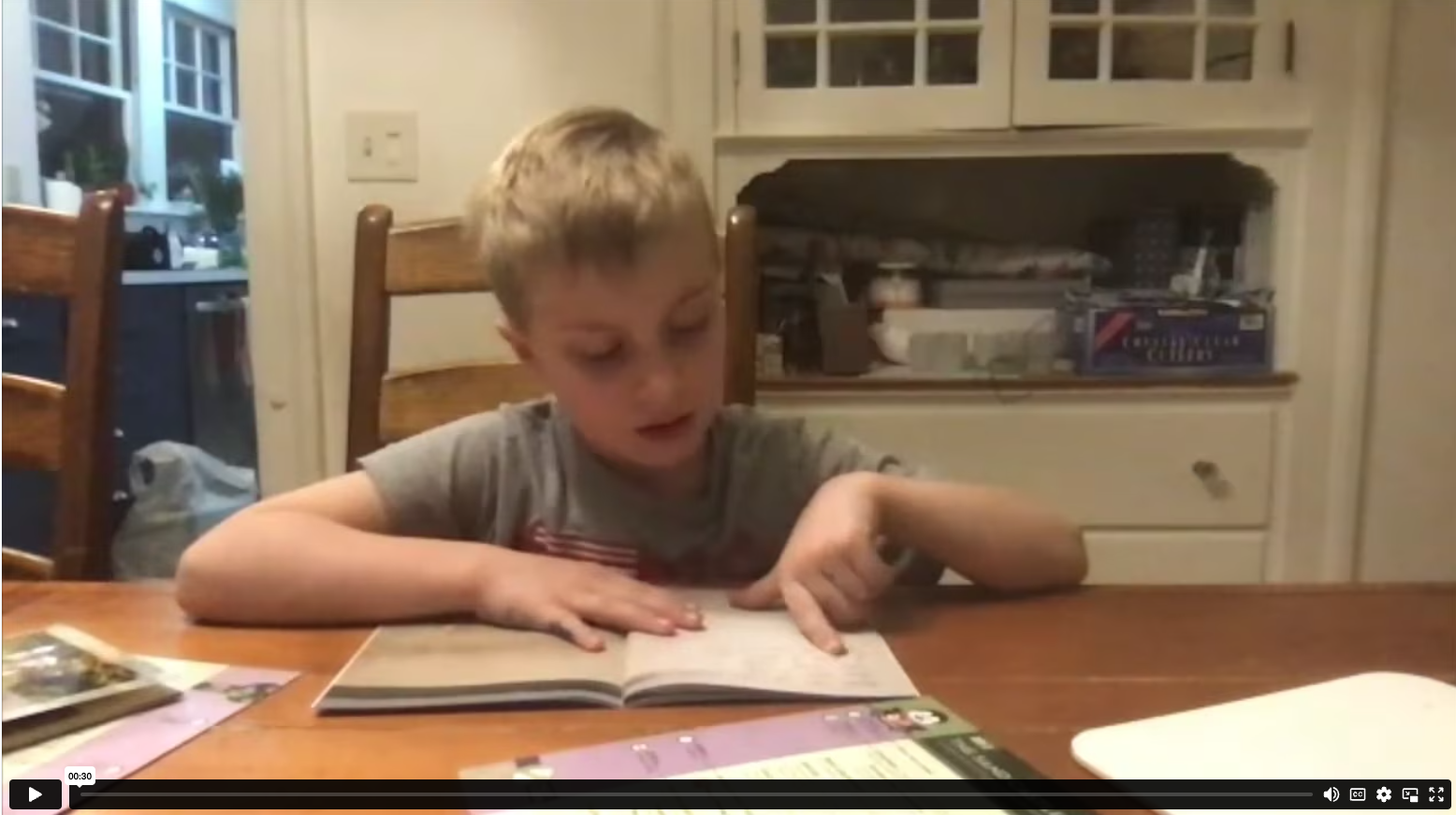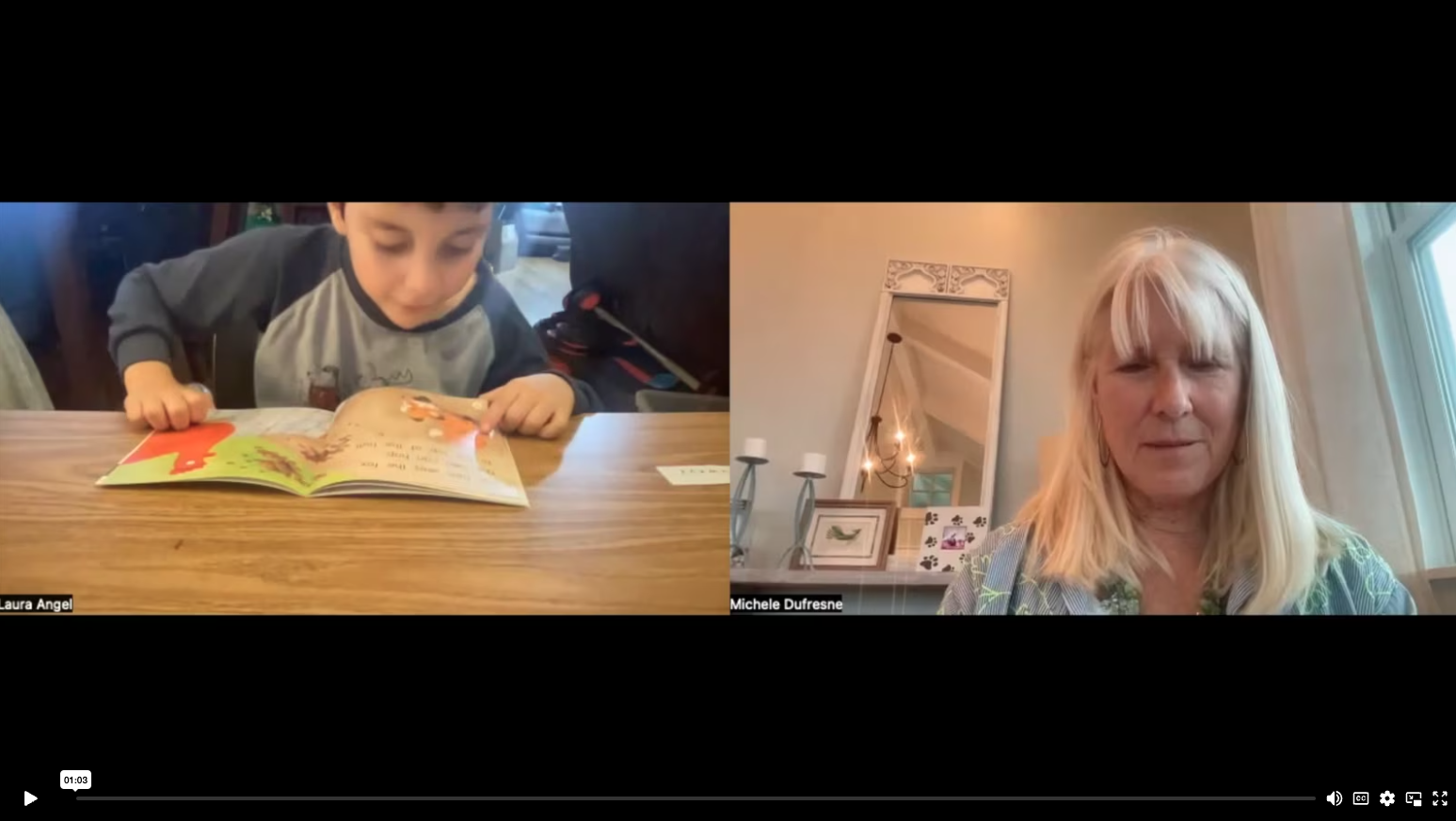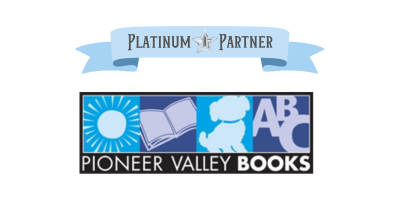RRCNA Blog: A Year in Review
From sharing exciting updates to spotlighting our members, the RRCNA blog is your resource for what’s new in the Reading Recovery Community. In 2023, we advocated that Reading Recovery works and explored how to put our beliefs into action. As 2024 begins, take a look back at some of our best posts from 2023.
 Membership Spotlights
Membership Spotlights
In 2023, we continued to highlight our members through two member-focused blog series. In Follow My Journey, we cheered on Courtney Smith as she graduated in late April and started following Heather Cherry’s journey as a Teacher Leader in Training. So far, Heather has just kept swimming through an overwhelming semester and reflected on words of wisdom from Winston Churchill. Our community also got to know RRCNA members better through a series of Membership Spotlights. Who knows? You could be highlighted next!
Announcing 2023 Teacher Leader Award Winner Heather Cherry
Follow My Journey: Just Keep Swimming
RRCNA Membership Spotlight: Leslee Valencia
 Data Highlights
Data Highlights
In 2023, we launched a new blog series in partnership with IDEC, the International Data Evaluation Center. Authored by Kate Nelson, IDEC Manager at The Ohio State University, this series delves deeply into Reading Recovery’s annual data review.
Data Dives with IDEC: Delving Deeper into Student Growth
Student Growth and Outcomes: Zooming in on Accelerated Progress and Progressed Outcomes
Professional Development
Continuous professional development is a crucial tenet of Reading Recovery. From sharing how a student’s DLL lessons helped him look at print in efficient and effective ways to the importance of book selection in daily Reading Recovery lessons, this year’s professional development blog invited readers to reflect on their teaching and apply new tactics to lessons immediately.
Book Choice Matters Part One: Data, Motivation, and Engagement
Book Choice Matters Part Two: Text Variety and Lifelong Readers
Connected Text and Word Solving
Roaming Around the Known While Traveling Around the World: A New Perspective on Concepts About Print
The Print, Not the Pictures, Contains the Message

Advocacy
Whether we were sharing good news reaffirming positive outcomes for Reading Recovery or having tough conversations about the consequences of the latest wave of anti-science Science of Reading legislation, the Reading Recovery blog remained a voice for advocacy and reason.
When Doing the Right Thing is the Wrong Thing
Phonics is a Piece of the Puzzle, Not the Only Answer
What Works Clearinghouse again confirms positive outcomes for Reading Recovery
Dr. Sam Bommarito interviews Dr. Billy Molasso, Executive Director of RRCNA
 RRCNA Community Updates
RRCNA Community Updates
There is always something new happening at RRCNA! In the new year, continue to check out the blog for the latest news, from incoming President updates to celebrating a successful LitCon.

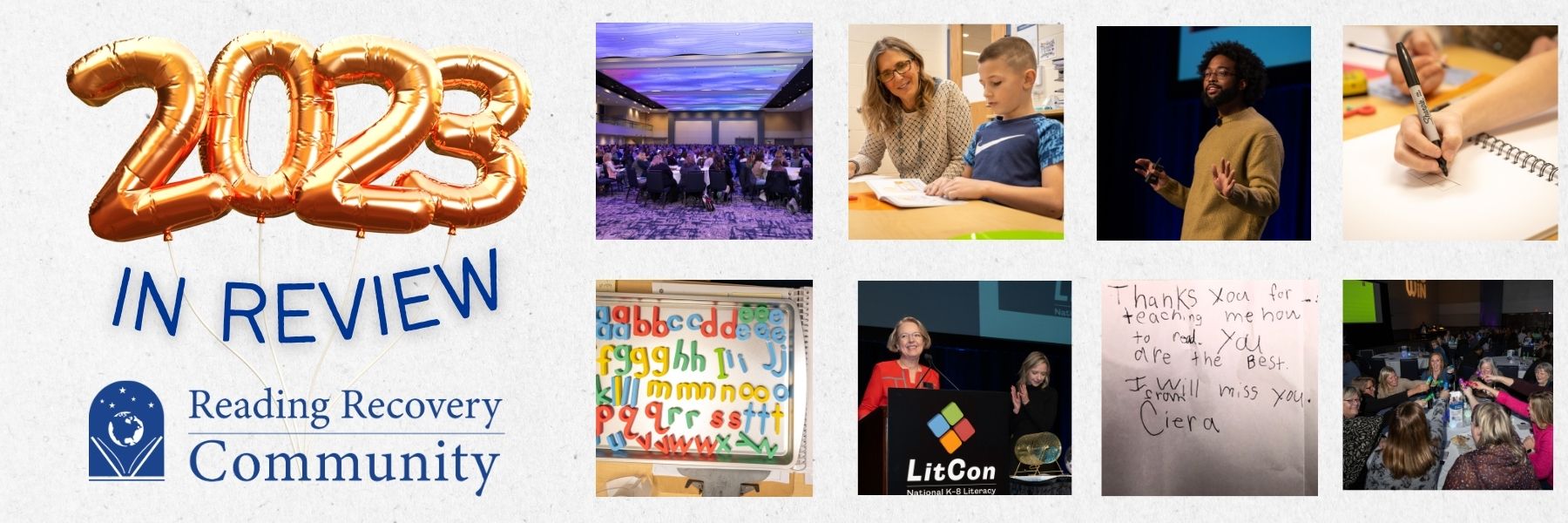

 Kathleen A. Brown has worked for 37 years as a classroom teacher, literacy specialist, staff developer, and Reading Recovery teacher. She has served as the Reading Recovery teacher leader in a large urban district in California for the last 22 years. Kathleen has provided early literacy training and coaching for the district and has presented at local, state, and national conferences. Kathleen serves on the Reading Recovery Council of North America board as secretary and is affiliated with St. Mary’s College.
Kathleen A. Brown has worked for 37 years as a classroom teacher, literacy specialist, staff developer, and Reading Recovery teacher. She has served as the Reading Recovery teacher leader in a large urban district in California for the last 22 years. Kathleen has provided early literacy training and coaching for the district and has presented at local, state, and national conferences. Kathleen serves on the Reading Recovery Council of North America board as secretary and is affiliated with St. Mary’s College.
